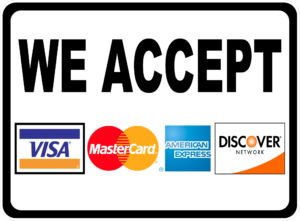Please read and understand the instructions, proper use of English and grammar, use of in text citation and references
Directions:
Construct a 2,500-3,000 word (approximately 10-12 pages) case report that includes a problem or situation consistent with area of practice.
Requirements:
1. Use a minimum of two theories (Health promotion and Hildegard Peplau) to develop the case report.
2. Apply one or more theories to describe understanding of the problem or situation of focus.
3. Apply one or more theories to the recommended intervention or solution being proposed.
4. Develop the case report across the entire scenario from the identified clinical or health care problem through proposing an intervention, implementation, and evaluation using an appropriate research instrument.
5. Describe the evaluation of the selected research instrument in the case report.
6. Lastly, explain in full the tenets, rationale for selection (empirical evidence), and clear application using the language of the theory within the case report.
In addition, your case report must include the following:
1. Introduction with a problem statement.
2. Brief literature review.
3. Description of the case/situation/conditions explained from a theoretical perspective.
4. Discussion that includes a detailed explanation of the synthesized literature findings.
5. Summary of the case.
6. Proposed solutions to remedy gaps, inefficiencies, or other issues from a theoretical approach.
7. Identification of a research instrument to evaluate the proposed solution along with a description of how the instrument could be evaluated.
8. Conclusion.

